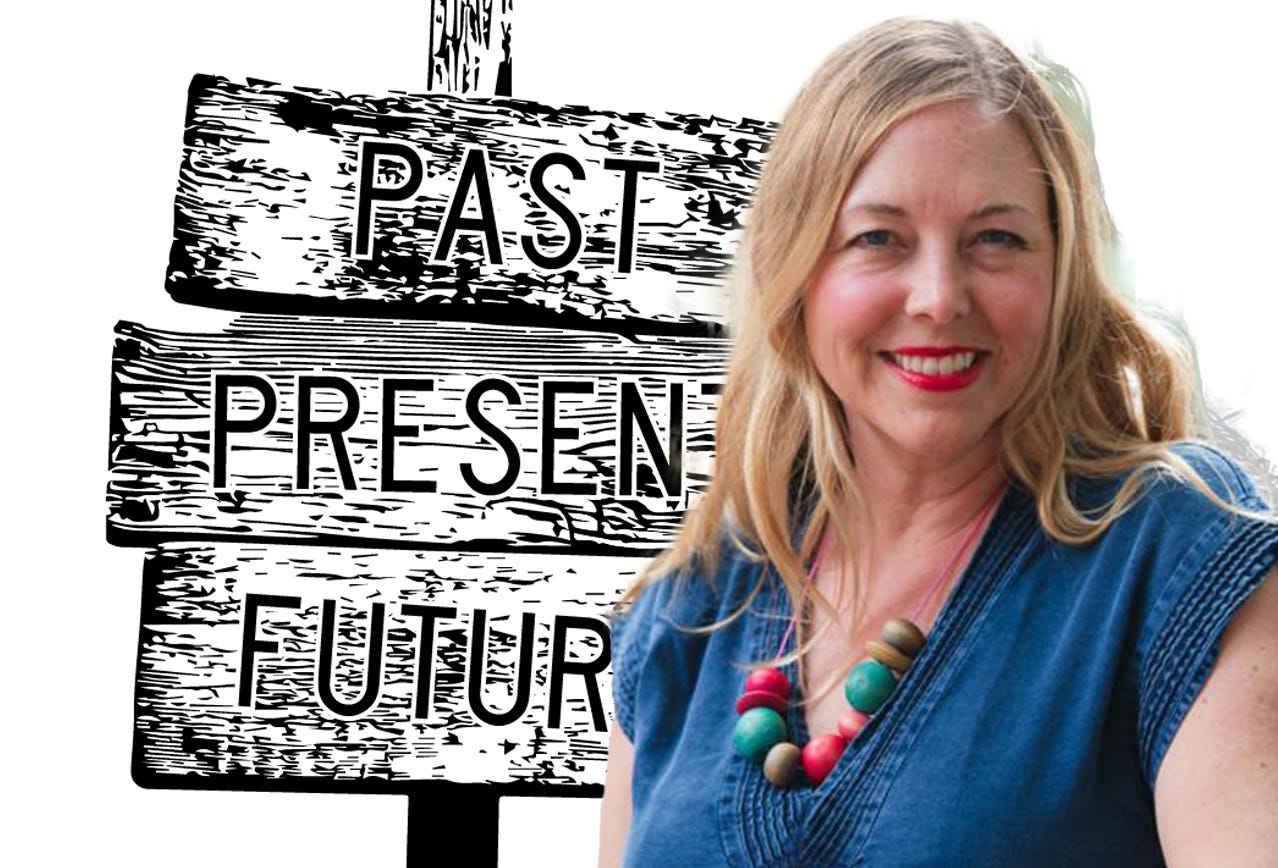Alissa Walker on the Past, Present, and Future of Transportation
Curbed's former cities chief dishes on public transportation, public assistance, and public bathrooms.
I’m lucky to be able to meet my heroes, which in the infrastructure and urbanism space means other writers, thinkers, and place obsessives. A Walker in LA (aka Alissa Walker) is one of our premier transportation journalists, which makes her all three on this list. You’ve seen her work in Curbed and Gizmodo, most likely, if you read the dailies and the medium-to-long form reporting on what’s happening in and to our cities.
I was really excited to talk to Alissa and more preamble from me is preventing you from reading what she had to say. Somehow, too, I’ve avoided all puns about walking. This essay has been edited for clarity and length.
Keep reading with a 7-day free trial
Subscribe to Exasperated Infrastructures to keep reading this post and get 7 days of free access to the full post archives.



